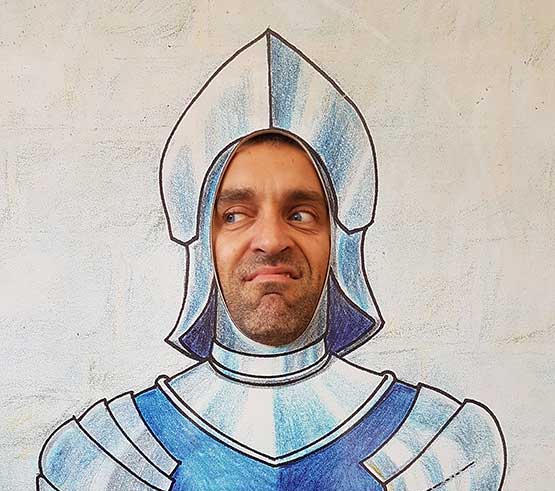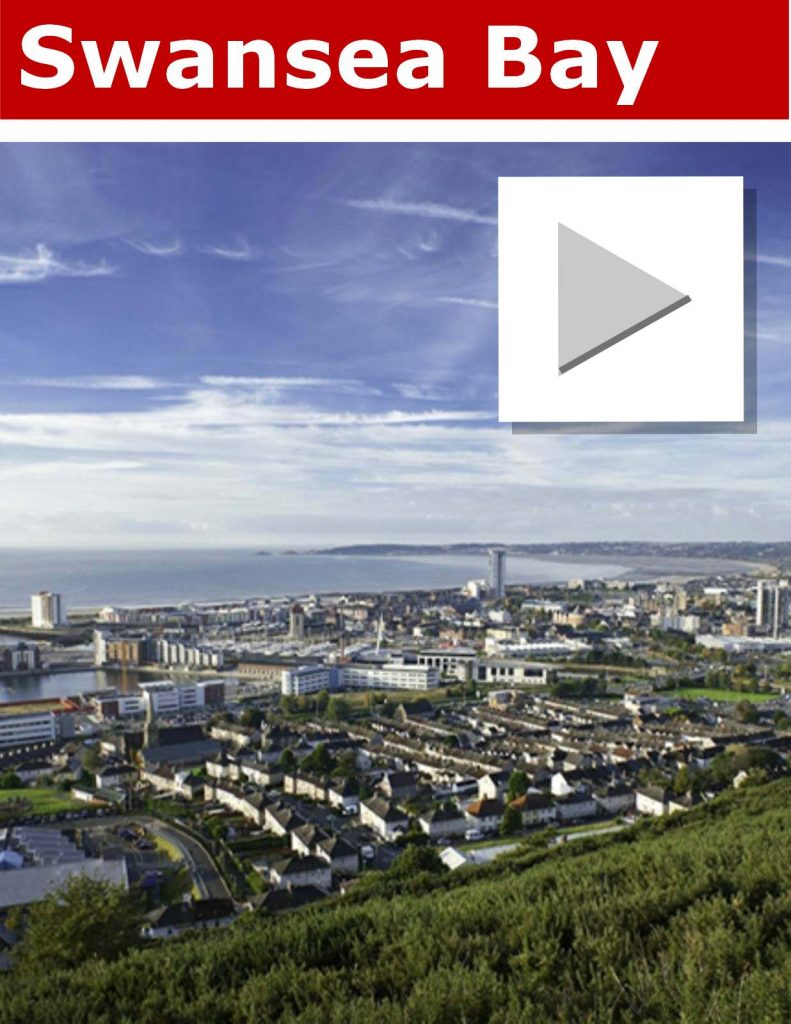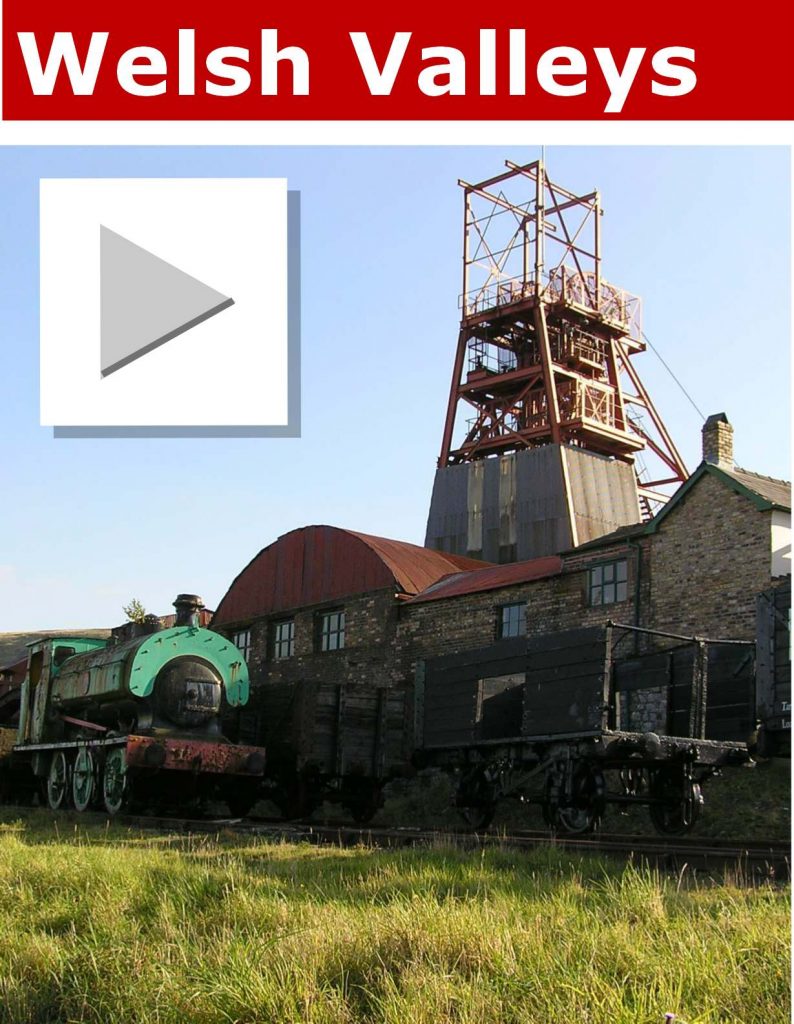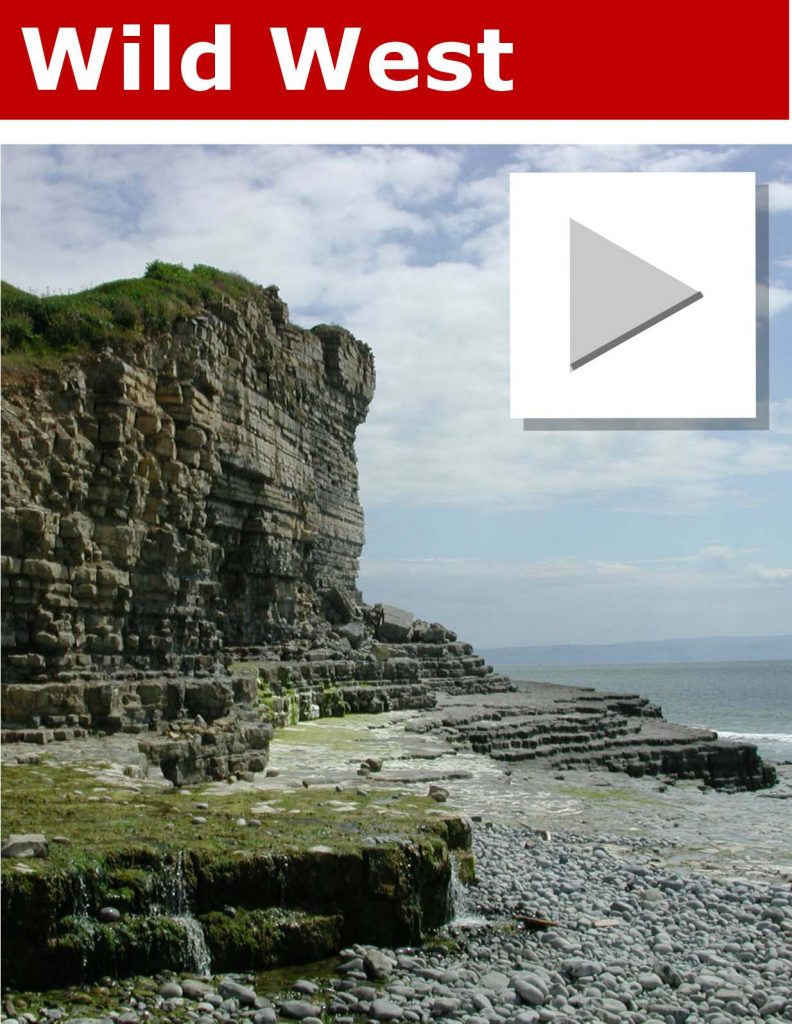
Wales © Pixabay

MATTHEW KEYTEUPDATED: 21 JULY 2017
Save to WishlistWales has a history of invasions, subjugation and rebellion that has left the landscape dotted with handsome towns surrounded by defensive walls and towered over by castles. Here are 10 of the most interesting or beautiful places to visit, to get a real feel for its history.Sign Up. Get More. Do More.Read the Culture Trip newsletter. Because you want to see what’s out there.Sign upFor more information on how we use your data, see our privacy policy. Unsubscribe in one click. To see what our newsletters include, click here.
Chepstow
Chepstow lies in Monmouthshire, not far from the border with England on the River Wye. It was here in the Wye Valley that “picturesque tourism” began in the 1780s, when the writer William Gilpin wrote his Observations on the River Wye and coined the term. The ‘Wye Tour’ emerged soon after and was popular with wealthy travelers who started up the river at Ross-on-Wye, sailed past sites like Tintern Abbey and Goodrich Castle, and finally came into Chepstow. There they were confronted with the magnificent Norman castle ruins on the cliffs above the river, the medieval town walls and gates, and the old Benedictine Priory. Today the town is still dominated by the castle, with plenty of handsome Georgian townhouses in the centre.Chepstow Castle© Ed Webster/Flickr

Laugharne
Laugharne on the Taf Estuary is famous for its connection to Dylan Thomas, the poet, and for its setting on the south coast. The town was once known as Abercorran; its castle built originally by Welsh princes before being rebuilt in the 13th century. During the Civil Wars of the 1640s, the castle was held by Major General Rowland Laugharne for the Parliamentarians before switching to the Royalists, with the town taking its name from the General. Laugharne is still administered by its medieval corporation, with its own law courts and one of only two remaining open-field systems of farming in the UK. Dylan Thomas based Llareggub in his play, Under Milk Wood, on Laugharne and wrote in his writing shed above the Taf.Laugharne Castle, Wales© Les Haines/Flickr

Caerphilly
North of Cardiff in the valley of the Rhymey River lies Caerphilly, a town whose origins go all the way back to the Roman period. The name Caerphilly means ‘the fort of St Ffili,’ the common Welsh word caer meaning fort or citadel, the equivalent of the English suffix -chester. Caerphilly is dominated by its castle, which was built from the 1270s onwards by Gilbert de Clare during his conquest of Glamorgan and is the largest in Wales and second largest in the UK after Windsor. The town developed south of the castle very slowly and remained small until the 19th century. Today, it is surrounded by country parks and forests.Caerphilly Castle, Wales© Paul McCoubrie/Flickr

Hay-On-Wye
Hay is right on the Welsh border with England, with the next village being part of Herefordshire. The unspoilt country town is famous for its status as the first book-town of the UK, with an economy now largely built on second-hand bookshops, and has been the home of the Hay literary festival since 1988. Hay lies perched at the northern tip of the Black Mountains; an important strategic position during the Middle Ages. The 12th-century castle stands right in the middle of the town and is partly in ruins, with the grounds and outbuildings being used, inevitably, as second-hand book stalls. Back in the 1970s, Hay declared its ‘independence’ led by Richard Booth, the man who started the second-hand book trade in town by venturing to America to buy up discarded library stock.Hay Castle© Ed Webster/Flickr

Caernarfon
The most famous of Welsh castle towns, Caernarfon stands on the shores of the Menai Strait looking across to Anglesey. Once a Roman town, it was later held by Welsh princes before becoming a fortress for the Norman invaders and a huge castle site built by Edward I during his conquest of Gwynedd. The medieval walls of the town form part of a UNESCO World Heritage Site with the castle and others across North Wales. There are many other historic buildings still in the city, including the haunted Black Boy Inn that dates back to 1522, close to the town walls. It was in the castle that Prince Charles was invested with his position as Prince of Wales in 1969.Caernarfon Castle, Wales© eGuide Travel/Flickr

Portmeirion
Portmeirion is one of the strangest places in all of Wales; it’s not your typical town and is run specifically for visitors. It lies on the north coast just inland on the River Dwyrd and was the brainchild of the architect Sir Clough Williams-Ellis. Built over the course of half a century from 1925 to 1975, Portmeirion pays homage to the architecture of Italian fishing villages on the Mediterranean. Expect lots of domes and cupolas, pleasure gardens and piazzas, inventive gables and brightly coloured facades. It’s all designed to be light-hearted, romantic and eminently picturesque. And, famously, it has been a favorite of TV producers over the years, especially in the case of the 60s show, The Prisoner, which was filmed here.
St David’s
St David’s is the smallest city in the UK and has the feel of a small town. It’s located deep in Pembrokeshire close to the coast on St David’s Peninsula. The small town is where St David, the patron saint of Wales, was buried and where he founded a monastery in the 6th century that grew into the cathedral. It became a major pilgrimage site in the Middle Ages, bringing kings and paupers here to see the relics of the saint. Today, the town is centered on the 12th Cathedral and the huge ruins of the Bishops’ Palace next door. The south-eastern tip of Ireland sits just across the Irish Sea from it.St. David’s Cathedral© Michael Gwyther-Jones/Flickr

Criccieth
Criccieth is perhaps the most picturesque of Welsh coastal towns, with its ruined castle on the headland jutting out into Cardigan Bay and views of the Snowdonia Mountains in the distance inland. There are some Bronze Age remains close to the town, though Criccieth Castle dates to the reign of Llewelyn the Great, the ruler of much of Wales in the early 13th century in the period before the English conquests. The Castle and town make such a fine view that the great landscape painter William Turner painted Criccieth in the 1830s with the sea in the foreground. From the Castle you can look across the Llyn Peninsula towards the Irish Sea.Criccieth Castle© Ian Carroll/Flickr

Pembroke
Pembroke, on the southwestern tip of Wales, is amongst the most historic of Welsh towns. Formerly the county town of the picturesque Pembrokeshire region, it’s famed for its huge castle standing at the centre of the town overlooking the Pembroke River. It was here in the 15th century that Henry Tudor, later Henry VII and the founder of the dynasty that took his name, was born. Wildlife, including otters and kingfishers, can often be seen along the riverbanks. The town, with its ancient walls and Norman castle, has often been used as a location for TV adaptations of Shakespeare’s works plus it was the backdrop for the film, The Lion in Winter, starring Peter O’Toole and Richard Burton.Pembroke Castle© Ed Webster/Flickr Pembroke Castle | © Ed Webster/Flickr

Crickhowell
The small town of Crickhowell, in the Brecon Beacons National Park, sits on the road from Abergavenny to Brecon on the River Usk. Tourists come here in the summer months for hillwalking and fishing in the nearby countryside, and to explore the unspoilt town. Famously the bridge at Crickhowell, built in the 18th century, spans the river over 100m from bank-to-bank, and has 12 arches on one side and 13 on the other. Crickhowell Castle, built by the Turberville family, leading generals of Edward I, and later held by the Mortimers, is now in ruins high above the valley of the Usk.Crickhowell Bridge, Wales© Phil Dolby/Flickr





